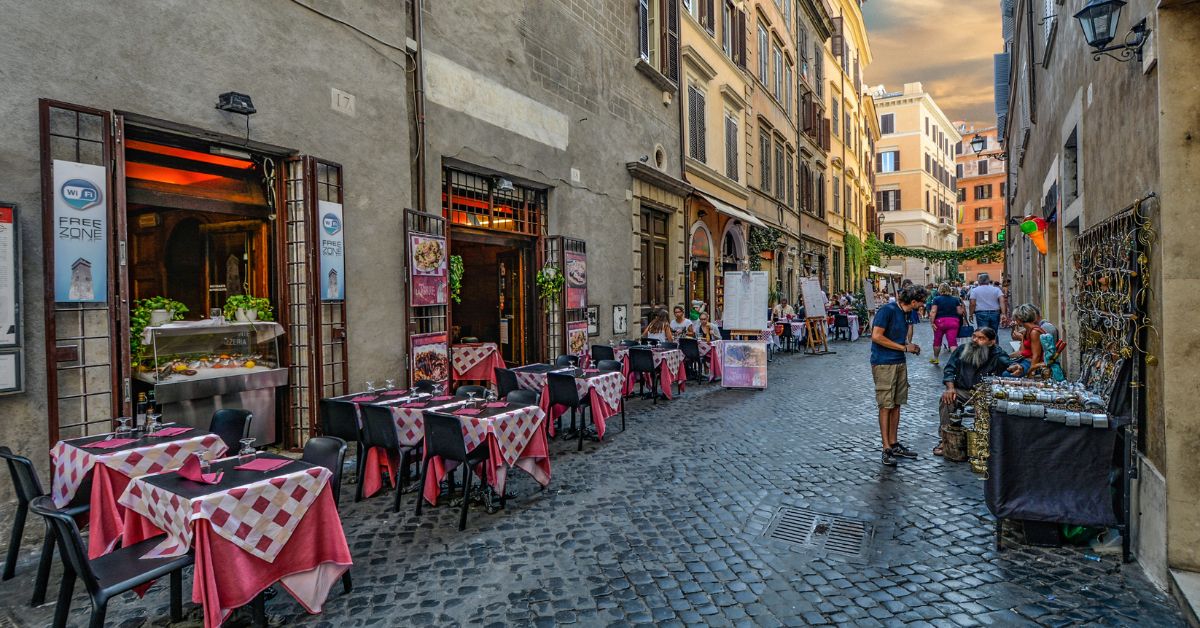After months of planning and dreaming, you’ve arrived in Italy—jetlagged, maybe a little disoriented, but buzzing with excitement. You drop your bags at the hotel, freshen up, and immediately think: Food. I need real Italian food right now.
Here’s where many travelers make their first mistake. In your hunger and exhaustion, you might stumble into the nearest restaurant with an appealing facade or an English menu. Big mistake. I’ve been there—we all have—and that’s how you end up paying €25 for microwaved lasagna that tastes like cardboard, with a side of regret. Read more here
What most visitors don’t realize is that Italy has just as many mediocre (or downright bad) restaurants as any other country—they’re just better at hiding them behind charming decor and claims of “authenticity.” The tragic irony? The best meals I’ve had in Italy were also the cheapest. Meanwhile, my wife and I once spent €80 on what might be the saddest plate of seafood pasta in existence—rubbery shrimp, mushy noodles, and a wine markup that still haunts me.
In this guide, I’ll walk you through exactly which restaurants to avoid so you don’t waste a single meal in Italy. And if you’ve had your own dining disasters (or triumphs!) here, I’d love to hear about them in the comments. Maybe we can all collectively save each other from another overpriced, under-seasoned bowl of “authentic” pasta.
1. Restaurants with Multilingual Menus Featuring Photos of Every Dish
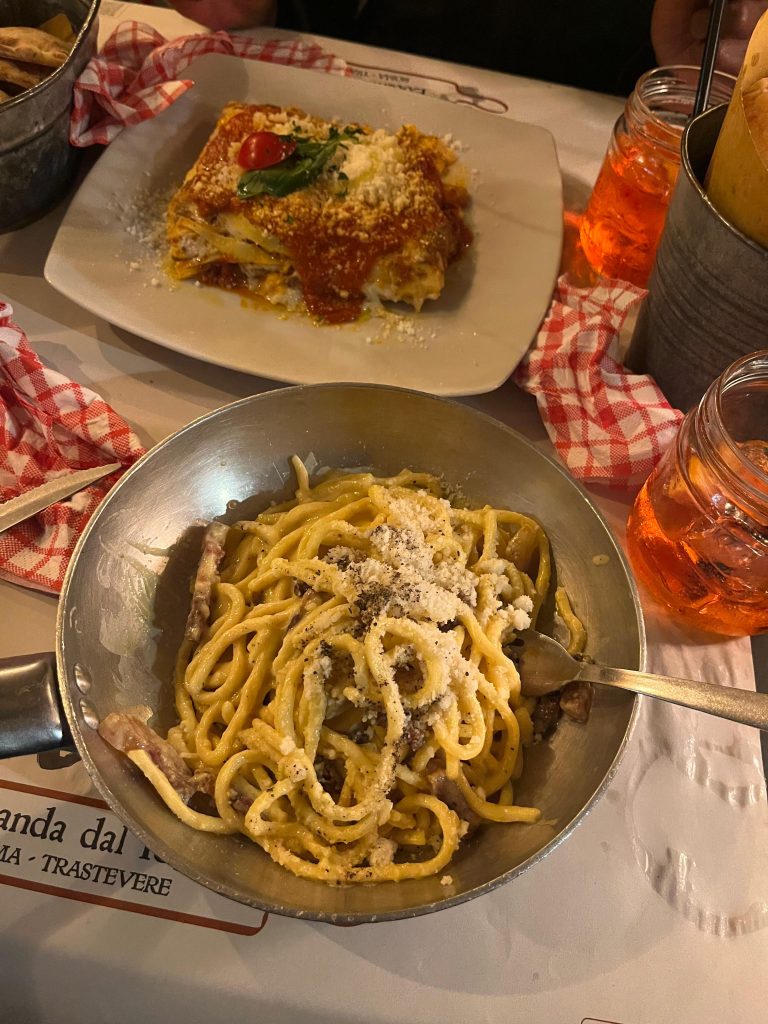
Walk through any heavily touristed piazza in Rome, Florence, or Venice, and you’ll see them: laminated menus with glossy pictures of every pasta, pizza, and dessert, translated into English, German, Spanish, and sometimes even Japanese. These menus scream “tourist trap.” Authentic Italian restaurants don’t need to photograph their dishes because they assume customers already know what spaghetti carbonara or osso buco looks like—or they’re happy to explain it.
The problem with photo menus isn’t just the aesthetic—it’s what they represent. These restaurants are designed for volume, not quality. Dishes are often pre-made, microwaved, or assembled from cheap ingredients to cater to crowds who won’t return. Instead of fresh, seasonal produce, you might get defrosted seafood, canned sauces, or rubbery pasta.
If you want a real Italian dining experience, look for a handwritten menu del giorno (daily menu) or a simple, one-page list of dishes. Better yet, find a place where the server can recite the specials from memory. That’s a sign the kitchen is working with what’s fresh that day—not reheating the same tourist-pleasing plates for the hundredth time.
2. Restaurants Right Next to Major Tourist Attractions

There’s a golden rule in Italian dining: the closer you are to the Colosseum, the Leaning Tower of Pisa, or the Vatican, the worse the food will be. Restaurants in these locations survive on foot traffic, not repeat customers, so they have little incentive to maintain quality. Why bother perfecting your amatriciana when thousands of hungry tourists will wander in every day regardless?
I once made the mistake of eating near Florence’s Piazza del Duomo, lured in by a menu boasting “authentic Tuscan cuisine.” What arrived was a sad, lukewarm plate of pasta with a sauce that tasted straight from a jar. The bill, of course, was twice what I’d pay in a local osteria just a few streets away. These restaurants bank on convenience, knowing most visitors won’t venture farther once they’re tired and hungry.
The solution? Walk at least five to ten minutes away from the main sights. In Rome, head to Trastevere or Testaccio instead of the area around the Trevi Fountain. In Venice, avoid the Rialto Bridge and seek out small bacari (wine bars) in Cannaregio. The extra effort is always worth it.
Caveat: If you want to eat in those restaurants outside major landmarks like Piazza Navona or Pantheon, it is still OK and sometimes I recommend it. Afterall, whats better than to sip wine while marvelling at the beauty of the 2000 year old Pantheon! However, just order drinks and if you have to order meals just do pizzas. They won’t be as tasty and will also be pricey, but it will make for a good experience
3. Places with Overly Aggressive Touts or “Free” Seating Offers
If someone is standing outside a restaurant waving a menu at you, shouting “Best pasta in Venice!” or “Free limoncello with your meal!”, run. No respectable Italian eatery needs to beg for customers. These tactics are hallmarks of places that prioritize turnover over taste, often serving reheated, assembly-line meals to tourists who won’t know the difference.
I learned this lesson the hard way in Naples. A charming waiter promised me “the most authentic pizza margherita in the city,” only to serve a soggy, undercooked disk with rubbery mozzarella. Meanwhile, the best pizza places—like the legendary L’Antica Pizzeria da Michele—don’t need touts. They have lines out the door because their food speaks for itself.
A good rule of thumb: if the staff seems desperate to get you inside, the kitchen probably isn’t focused on getting the food right. Instead, look for places where the waitstaff are busy but attentive, and where the crowd includes Italians—not just tourists clutching guidebooks.
4. Restaurants That Serve “Italian-American” Dishes

If you see spaghetti and meatballs, fettuccine alfredo, or garlic bread on the menu, you’re not in an authentic Italian restaurant—you’re in a place catering to foreigners. These dishes are Italian-American inventions, not part of Italy’s culinary tradition. (Yes, even the “authentic” Alfredo sauce was created for American tourists in Rome.)
Ordering these dishes in Italy is like asking for a taco with ketchup in Mexico. Locals won’t eat them, and the versions served in touristy spots are often bland, heavy, and made with low-quality ingredients. I once watched a restaurant near the Spanish Steps serve “chicken parmigiana” that was clearly a frozen patty drowned in industrial marinara.
Instead, explore regional specialties. In Rome, try cacio e pepe or supplì (fried rice balls). In Bologna, order tagliatelle al ragù (never “spaghetti bolognese”). And if you’re craving garlic bread? Real Italian restaurants serve bruschetta—toasted bread rubbed with garlic, topped with fresh tomatoes, and drizzled with olive oil.
5. Restaurants with Extremely Long Menus (Especially Serving Multiple Cuisines)
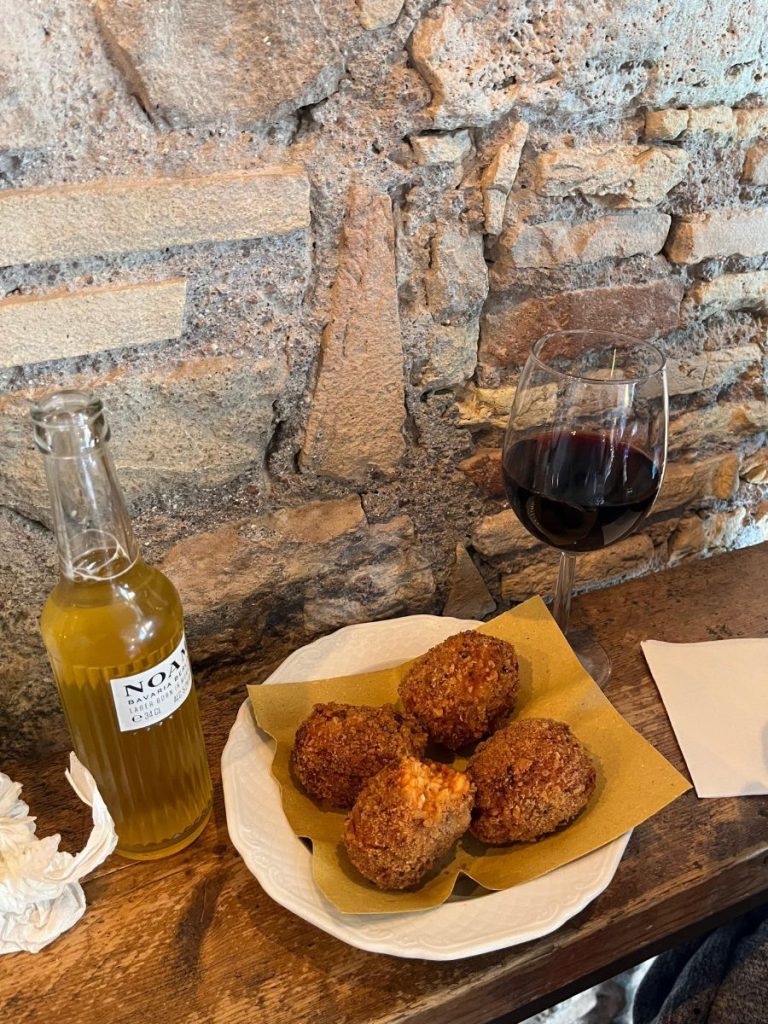
A surefire sign of a restaurant cutting corners is a menu that reads like an encyclopedia. If you walk into a place offering pizza, sushi, pad thai, and hamburgers alongside their “traditional” pasta dishes, turn around. Italian cuisine thrives on simplicity and quality ingredients—no serious kitchen has the time or resources to prepare dozens of dishes well.
I once stumbled into a place in Milan that boasted over 200 menu items, from risotto to ramen. My carbonara arrived suspiciously fast, with a gluey sauce and rubbery pancetta—clear signs of a pre-made, microwaved dish. Meanwhile, the best meals I’ve had in Italy came from trattorias with just a handful of options, often scribbled on a chalkboard. A short menu means the kitchen is focusing on what’s in season and what they do best.
When in doubt, follow the Italian concept of la lista corta—the short list. If a restaurant changes its offerings daily based on fresh market finds, you’re in good hands. If the menu is thicker than a phone book, keep walking.
6. Places That Charge for Bread (Coperto) Without Mentioning It
In Italy, a small cover charge (coperto) is normal—it’s meant to account for bread, table service, and sometimes even a light appetizer. But some tourist-heavy restaurants take advantage by either inflating this fee (€5–€10 per person is a red flag) or sneakily adding it without warning. I’ve seen visitors shocked when a €20 meal suddenly becomes €30 after “mystery” charges appear.
A well-run restaurant will always list the coperto on the menu or mention it when you sit down. If they don’t, ask before ordering. And if the bread basket arrives unbidden and you’re later charged €8 for it, that’s not tradition—it’s a scam.
One exception: In some casual eateries, you might see pane e coperto listed separately. The bread charge is usually nominal (€1–€2), and the quality should reflect it. If you’re paying more for stale, store-bought rolls, you’re in the wrong place.
7. Restaurants with Fake “Homemade” or “Artisanal” Claims
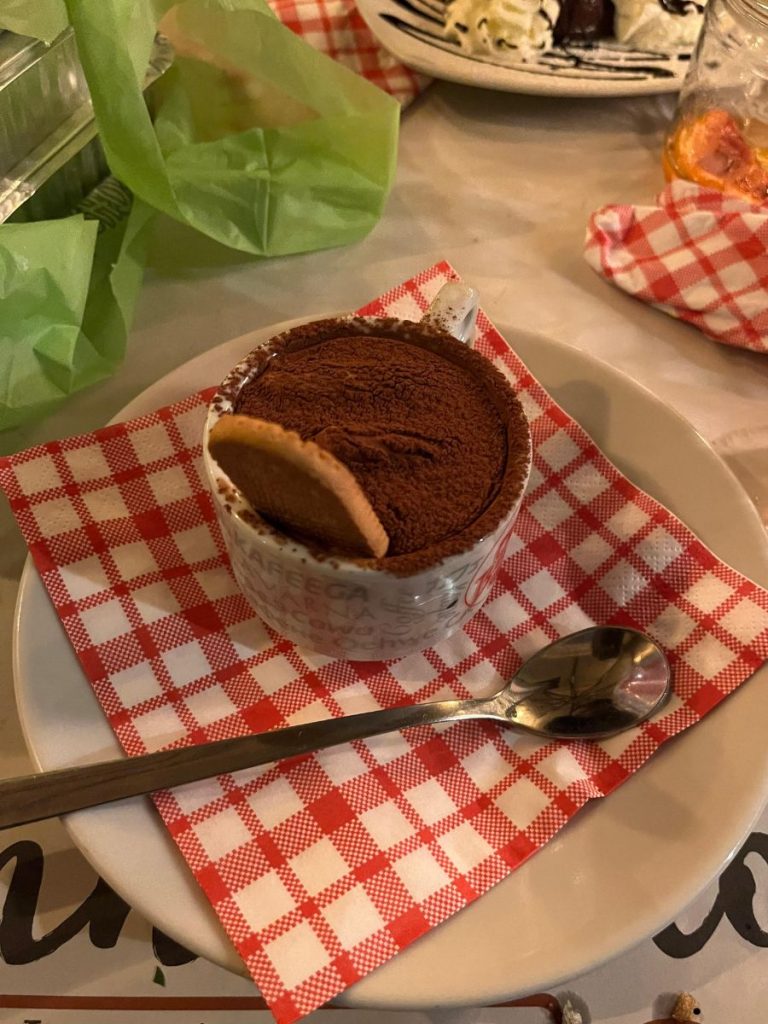
Menus love to boast “fatto in casa” (homemade) or “artigianale” (artisanal), but in tourist zones, these terms are often meaningless. I’ve watched waiters at busy Roman trattorias carry in industrial-sized cans of pre-made ragù, only to serve it as “grandma’s secret recipe.” Likewise, that “handmade tiramisu” might have been thawed hours earlier.
The giveaway? Observe the restaurant before sitting down. A place making pasta in-house will often have a nonna rolling dough near the kitchen or a display of fresh ingredients. If you see stacks of frozen dessert boxes being unloaded from a truck, reconsider.
For guaranteed authenticity, seek out pastifici freschi (fresh pasta shops) or small osterias where nonnas still rule the kitchen. In Bologna, for instance, the best tortellini is made by hand daily—not scooped from a plastic tub.
8. Fast-Food Style Pizza by the Slice (Unless It’s a Reputable Place)
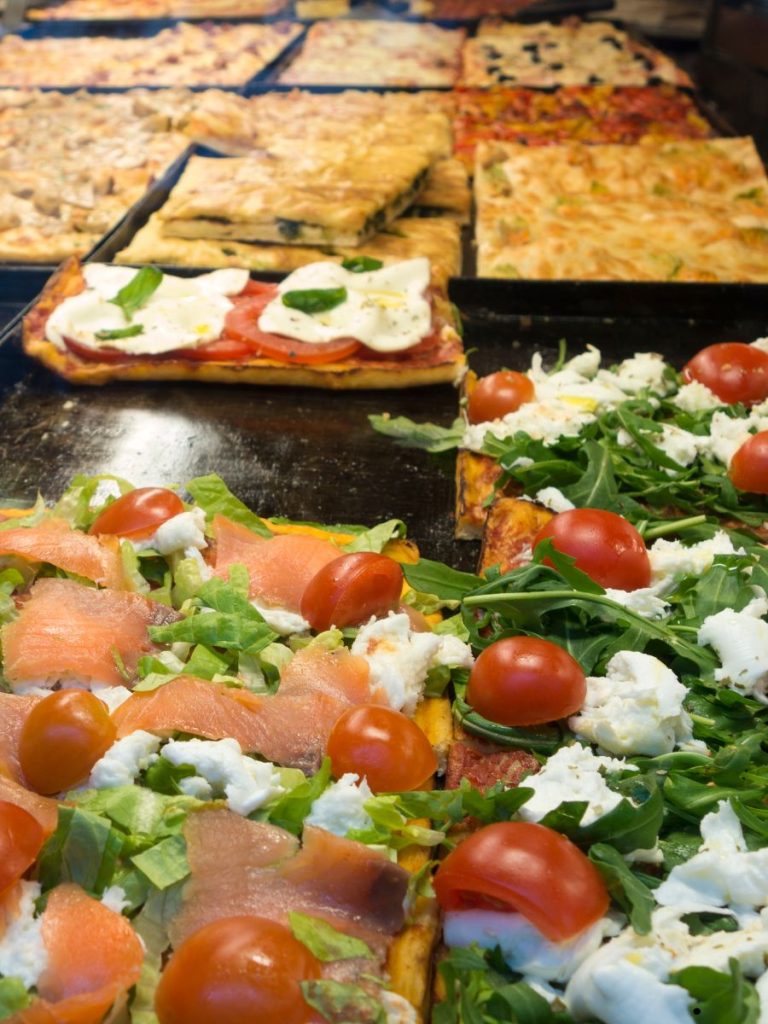
Pizza al taglio (by the slice) is a Roman institution when done right—crispy, airy crust with quality toppings. But near tourist hubs, you’ll often find sad, floppy slices reheated to rubbery perfection under heat lamps. The worst offenders use cheap cheese, stale dough, and sauce that tastes like ketchup.
A good pizza al taglio spot should have a constant flow of locals, fresh slices being rotated out hourly, and a limited selection (classics like margherita, potato, or zucchini flower). If the display case looks like it hasn’t been refreshed since morning, or if the “specialty” is a bizarre topping like hot dogs, steer clear.
For a foolproof option in Rome, try Antico Forno Roscioli or Pizzarium Bonci. Their slices are cut to order, loaded with seasonal ingredients, and never sit around for long.
9. Restaurants with Fake “Michelin” or “Top-Rated” Signs
Some restaurants display dubious “Michelin Recommended” or “TripAdvisor #1” stickers to lure tourists. Unless it’s an actual Michelin-starred venue (check the Red Guide), these claims are often fabricated. I once ate at a Venice osteria with a “Top 10 in Italy!” decal—only to later discover the owner printed it himself.
Real awards are subtle. Trattoria Sostanza in Florence (famous for its butter chicken) has no flashy signs, just decades of loyal patrons. Similarly, Rome’s Armando al Pantheon doesn’t need stickers—its 60-year reputation speaks for itself.
Before trusting a “top-rated” claim, cross-check on reputable sites like Gambero Rosso or ask locals for recommendations. If a place is truly excellent, word of mouth will have done the advertising.
10. Bars That Charge Exorbitant Prices for Coffee at the Table
In Italy, coffee culture is sacred—but so are its unwritten rules. Order an espresso at the bar, and it’ll cost €1–€1.50. Sit at a table in a touristy piazza, and that same coffee might suddenly be €5–€8. I once saw a couple near Venice’s San Marco charged €12 for two cappuccinos—a criminal markup.
The fix? Drink like a local: stand at the counter, down your espresso in three sips, and pay the proper price. If you want to linger, find a café slightly off the main drag where prices are posted clearly. And never order a cappuccino after 11 AM—unless you enjoy being side-eyed by every Italian in the room.
How to Find Authentic Restaurants in Italy
The best meals hide in plain sight: a bustling osteria with no English menu, a family-run trattoria where the owner greets regulars by name, or a tiny enoteca with just five tables. Look for places packed with Italians (especially older ones), menus that change daily, and wine lists featuring local bottles.
Use apps like Gambero Rosso or Eat Italy for vetted recommendations, and don’t fear getting lost. Some of my best meals happened when I wandered into a nondescript alley and followed the scent of simmering ragù.
Final Advice: Trust Your Instincts
Italy’s food scene rewards the curious and punishes the passive. If a restaurant feels off—too pushy, too generic, too eager to please everyone—it probably is. But when you find that perfect little place where the pasta is al dente, the wine is poured generously, and the chef comes out to ask how you liked your meal? That’s when Italy’s magic truly shines.
Now go forth—and eat like you mean it.

